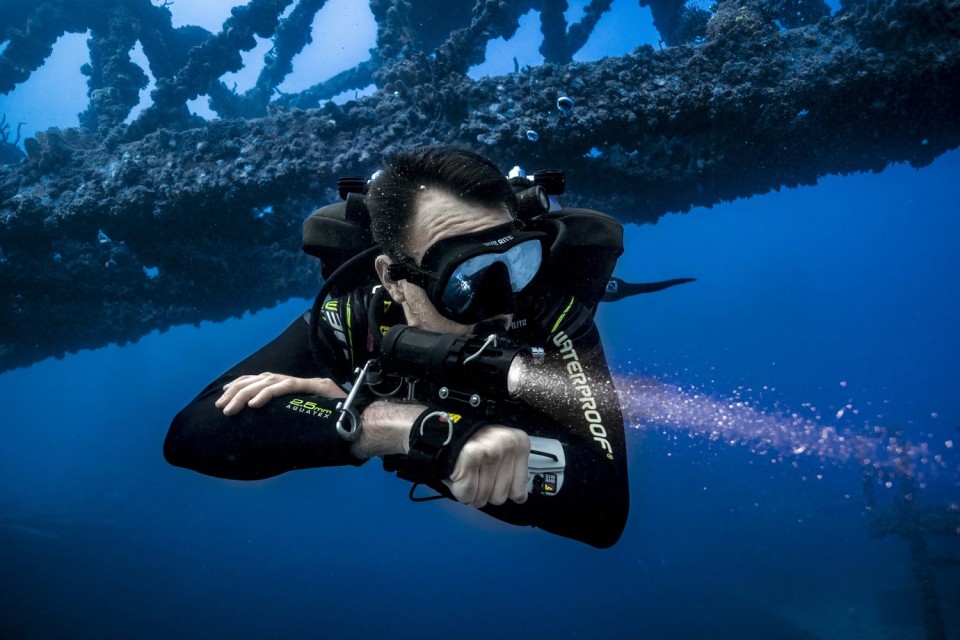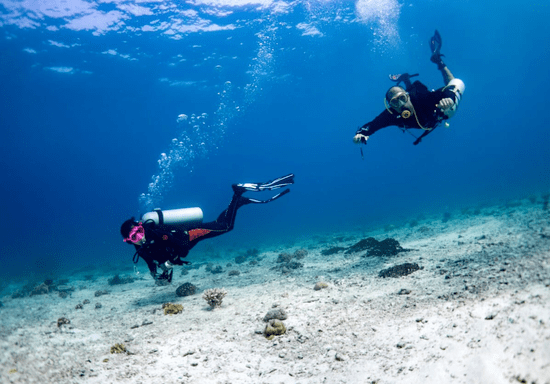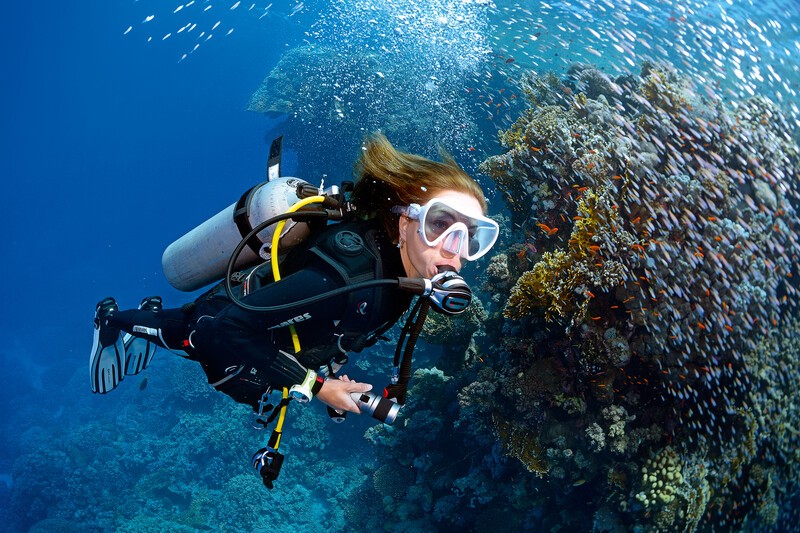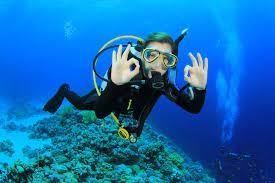Diving Sites in Port Blair











PADI O2 Provider Specialty Course
This course isn’t about learning how to dive or spending hours underwater. It’s about learning what to do if something goes wrong with a diver. If someone’s breathless. If someone is panicking. If someone needs oxygen after a rapid ascent or after they surface too fast. It’s about being the person who knows what to do at that moment.
The O₂ Provider Specialty isn’t the most glamorous-looking course on paper. You’re not going to spend hours in coral gardens. You won’t get underwater photos out of it. But it’s important. And it matters—not just for rescue divers or instructors, but anyone who’s part of a dive crew or wants to work in the dive industry. In some dive centers, it’s even mandatory for staff.
This course is offered in Havelock Island, Andaman—a place where diving happens every day, all year round. And because emergencies don’t always come with warning signs, knowing how to handle oxygen administration could make the difference between recovery and a serious injury.
Who Should Take the O₂ Provider Specialty in Havelock
You don’t need to be a diver to take this course. You don’t need a certification. You can be a beginner or someone who’s never put on a mask. This course is open to everyone because oxygen emergencies don’t always involve divers. Most people who take it are either:
- Divers who want to increase their safety awareness
- People training for Rescue Diver or Divemaster
- Boat crew or shore support who want to be part of the safety chain
- Non-divers who regularly accompany divers on trips and want to know how to help
There’s no minimum age or requirement for water skills. You don’t have to swim, and you won’t be asked to dive during this. It’s entirely land-based. You’ll be handling oxygen units, learning about signs and symptoms, and practicing how to respond. That’s it.
What the Course Covers
This isn’t like a scuba class where you learn finning techniques or practice buoyancy. This course is more straightforward and situation-based. You’ll learn:
- How to identify diving illnesses that require emergency oxygen
- How to assemble and disassemble an oxygen unit
- Which mask to use in different cases (demand valve, non-rebreather, pocket mask)
- How to maintain and store O₂ equipment
- What to do if the person is unconscious but breathing
- What to do if they’re unconscious and not breathing
- How to assist while waiting for emergency response
- How to avoid common mistakes while administering O₂
It’s practical. You’ll be taught in a dive shop or classroom setting. You’ll be shown the equipment, then you’ll use it. You’ll simulate emergencies. You’ll ask questions. You’ll go through real-life scenarios. That’s what the course is.
Duration and Format of the O₂ Provider Course in Havelock
Usually, the course lasts half a day. Maybe longer, depending on group size or how in-depth the instructor goes. There’s no in-water training, so it moves quickly—but they don’t rush it. Most sessions include:
- A short theory introduction (can be online or in-person)
- Practical demo of oxygen units
- Hands-on practice for each participant
- Emergency scenario roleplays
- Q&A or debrief session
You’ll get a certification card after successful completion. This is a PADI specialty, so the card is globally recognized. You can add it to your diving resume. If you’re planning to do Rescue or Divemaster, this course will tick the oxygen part off your requirement list.
Why It’s Relevant in Havelock Island
Havelock is one of the busiest dive spots in India. The dive centers here handle hundreds of dives a week during peak season. Most go perfectly. But like anywhere, rare incidents do happen—decompression sickness, near-drownings, panic ascents, or even simple exhaustion that needs intervention. And there’s the fact that Havelock is remote. If someone needs oxygen, they need it immediately, not 20 minutes later. The nearest hospital with a hyperbaric chamber isn’t on the island. So, first-response oxygen can mean the difference between being fine and being evacuated.
Dive centers in Havelock take this seriously. Most instructors carry oxygen kits on their boats. Staff are trained in emergency first response. And many crew members, even non-divers, take this O₂ Provider course just so they’re ready
What You Learn on the Ground
This isn’t a theory-heavy course. It’s not about memorizing long names or passing a test with 90%. It’s about understanding what to do when time matters. You’ll learn how to keep your head in high-pressure moments. You’ll be given a chance to practice calmly, with real gear, not just pictures in a book. You’ll actually:
- Learn how to work with different types of oxygen cylinders
- Understand what oxygen concentration is safe to administer
- Know what to say when handing the casualty over to professional help
- Recognize subtle signs of stress, exhaustion, or nitrogen exposure
- Be the person people turn to in those rare “what now?” moments
Things to Know Before You Take the Course
This course doesn’t expire. Once certified, you’re always an O₂ Provider—but you should refresh your skills if you haven’t practiced in a while. There are no tests or difficult exams. You’ll be evaluated on your practical understanding. It’s hands-on and scenario-based.
If you’re doing the Emergency First Response (EFR) course too, the two often go together. Some people do both in one day. The EFR covers CPR and first aid, while this one is specific to oxygen delivery. Together, they make you a much stronger safety asset in any dive setup.
Is This Course for You?
Yeah, if you’re going to keep diving, then it makes sense. If you think you might work in diving later, then yeah, do it. And if you’re just someone who doesn’t like standing there doing nothing when something goes wrong, then yeah, it’s for you. You don’t have to be the strong one. You don’t have to pull anyone out of the water. That’s not the point. But you could be the person keeping their airway clear while someone else gets help. Or the person managing the O₂ kit while the instructor monitors the casualty. And in a place like Havelock, where things are beautiful but remote, those few minutes of right action can mean everything.
What Happens After the Course
You’ll have a clearer idea of what actual dive emergencies look like. Even if you’re not the one in charge, you’ll feel more confident just being on the boat. People notice that. It helps when someone onboard doesn’t just know where the oxygen kit is, but knows how to use it. You might never have to use it, and that’s ideal. But it’s better to know it and not need it than the other way around. But the one time someone needs you, you’ll be ready. And you won’t freeze. That’s what this course gives you. And if you go on to Rescue or Divemaster, you’ll already be ahead. You’ll have one part of the safety puzzle locked in.
X
Enquire Now
X
Book Now
Diving Sites in Port Blair
Diving Sites in Havelock Island
Diving Sites in Neil Island